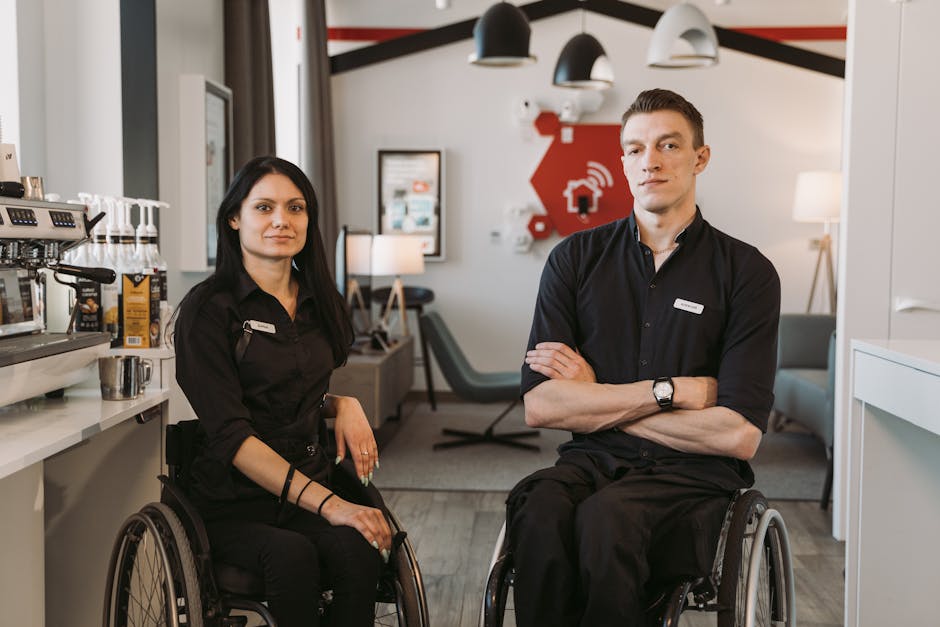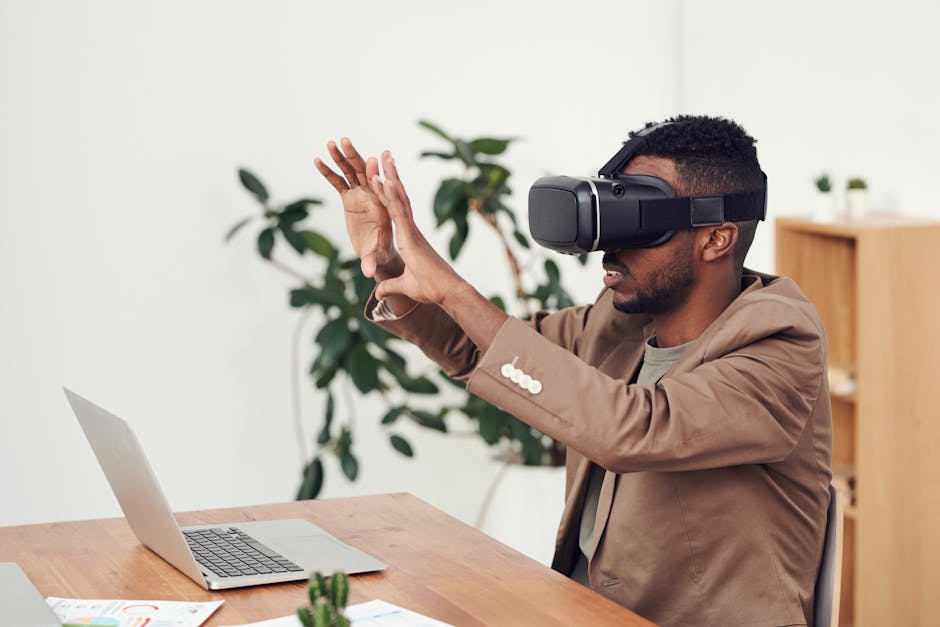Revolutionizing Office Spaces: The Rise of Social Areas in Modern Workplaces
“Discover how forward-thinking companies are reimagining office social spaces to foster collaboration, creativity, and employee well-being. From high-tech cafeterias to biophilic lounges, learn how these innovative designs are shaping the future of work. ”

Revolutionizing Office Spaces: The Rise of Social Areas in Modern Workplaces
In today's competitive business landscape, companies are no longer just differentiating themselves through products or services. The battle for top talent has shifted to a new frontier: the office itself. Progressive organizations are now leveraging innovative design and cutting-edge technology to create social areas that boost employee happiness, productivity, and creativity. Let's explore how these reimagined spaces are transforming the modern workplace.

The Evolution of Office Social Spaces
Gone are the days of drab break rooms and uninspiring cafeterias. Today's office social areas are dynamic, multifunctional spaces designed to foster collaboration, relaxation, and a sense of community. From rooftop gardens to in-house pubs, companies are pulling out all the stops to create environments that employees genuinely enjoy.
1. High-Tech Cafeterias and Kitchens
Modern office cafeterias are no longer just places to grab a quick bite. They've become central hubs for socializing, collaboration, and even company-wide meetings. For instance, Twitter's New York City office boasts a speakeasy-style café complete with an Art-Deco design and a cutting-edge Ripple Maker for printing custom latte art designs.
These spaces are also becoming more technologically advanced. At Nvidia's headquarters, cameras use AI to recognize food items, automatically charging employees and eliminating the need for cashiers. This seamless integration of technology not only improves efficiency but also enhances the overall dining experience.
2. Biophilic Design: Bringing Nature Indoors
Research has shown that incorporating natural elements into office design can significantly impact employee well-being and productivity. Navigating challenges hybrid work strategies success often involves creating spaces that connect workers to nature, even in urban environments.
Companies like TBWA Hakuhodo in Tokyo and Kickstarter in Brooklyn are leading the charge in biophilic design. Their offices feature abundant greenery, artificial lawns, and even indoor rivers, providing employees with soothing natural environments to relax and recharge.

3. Staircases as Social Hubs
Innovative office designs are transforming staircases from mere functional elements into vibrant social spaces. Companies like Evernote and Google have incorporated wide staircases with built-in seating, encouraging spontaneous interactions and informal meetings between floors.
These "conversational stairs" not only promote physical activity but also serve as impromptu gathering spots, fostering a sense of community and breaking down hierarchical barriers within the organization.
4. Tech-Enabled Commons and Lounges
The traditional water cooler has evolved into expansive, technology-rich common areas designed to facilitate face-to-face interactions in our increasingly digital world. These spaces often feature a mix of comfortable seating options, charging stations, and interactive displays.
Accenture's Dublin office, known as The Dock, exemplifies this trend with its futuristic approach. The space is equipped with 10,000 sensors connected to an IoT platform, allowing employees to customize their environment and understand space utilization in real-time.
The Impact on Employee Experience
These innovative social areas are more than just aesthetically pleasing additions to the workplace. They play a crucial role in enhancing the overall employee experience, which in turn can lead to:
- Increased collaboration and creativity
- Improved employee well-being and job satisfaction
- Enhanced company culture and brand identity
- Better talent attraction and retention
Workplace tech for pharma and biotech onsite comp is just one example of how specialized industries are adapting these concepts to their unique needs, creating environments that support both scientific innovation and employee engagement.
Designing for the Future
As we look ahead, it's clear that the office of the future will continue to evolve. How to facilitate a brainstorming session that gets great results may soon involve leveraging these innovative social spaces to spark creativity and collaboration in ways we've never seen before.

When designing social areas for your workplace, consider the following:
- Flexibility: Create spaces that can adapt to different needs throughout the day.
- Technology integration: Incorporate smart systems that enhance the user experience without being intrusive.
- Sustainability: Prioritize eco-friendly materials and energy-efficient designs.
- Inclusivity: Ensure spaces cater to diverse needs and work styles.
- Brand alignment: Reflect your company's culture and values in the design.
Conclusion
The rise of innovative social areas in modern offices represents a significant shift in how we think about workplace design. By creating spaces that prioritize employee well-being, collaboration, and creativity, companies are not just improving their physical environments – they're investing in their most valuable asset: their people.
As the lines between work and life continue to blur, these thoughtfully designed social spaces will play an increasingly important role in attracting top talent, fostering innovation, and building strong, resilient company cultures. The office of the future is here, and it's more social, more connected, and more human-centric than ever before.
Improve efficiency in the workplace efficient in these new social areas by encouraging their strategic use and monitoring their impact on productivity and employee satisfaction. As we continue to navigate the evolving landscape of work, one thing is clear: the most successful companies will be those that create environments where employees don't just work – they thrive.